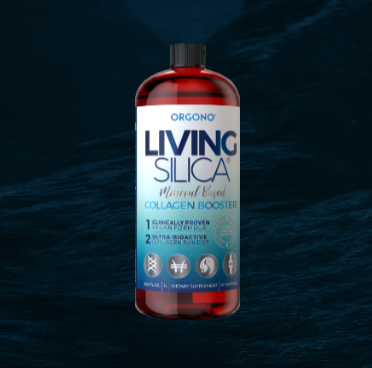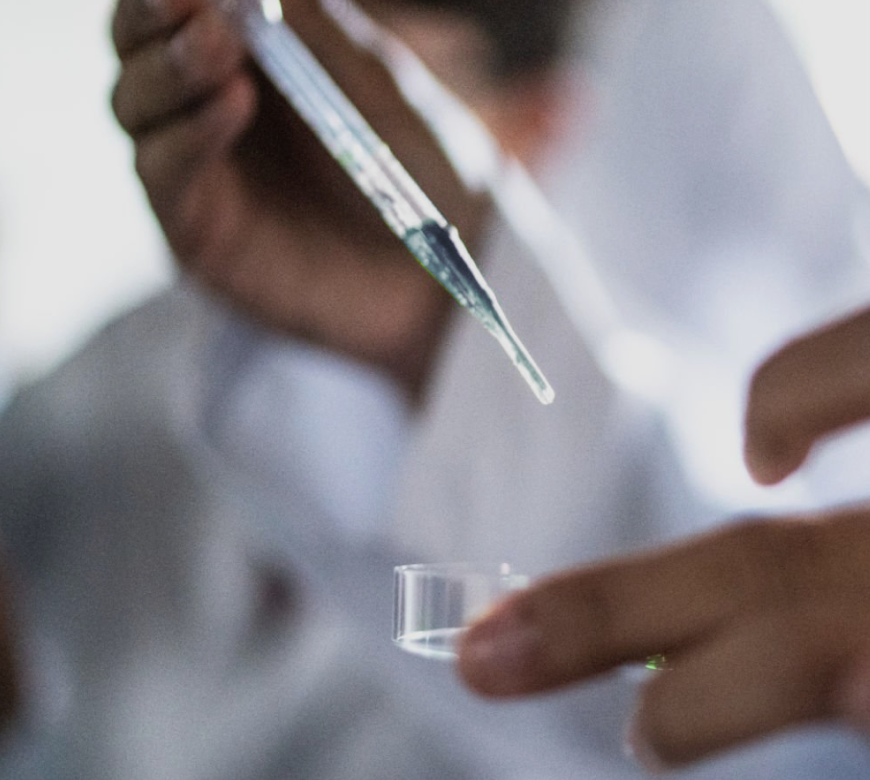
Silica Rich Foods
Summary
Looking to increase your silica intake through food? Check out this comprehensive guide to silica-rich foods, including both plant-based and animal-based options. Discover the benefits of silica for your skin, hair, nails, bones, and overall health, and learn how to incorporate silica-rich foods into your diet for optimal wellness.
Foods to Fight Silica Deficiency
How to get more silica from food?
According to published data, a Western-type diet provides between 19 and 31 mg of Si per day. On average, the American diet contains about 30 mg per day of silicon each day. Vegetables are the richest sources of silicon in human food, and they can supply and increase our body reserves better than meat or fruits. Hence, vegetarians often have higher silicon intakes than meat-eaters do.
The modern diet based on refined foods and GMO’s, with low consumption of vegetables, with poor soils and animals of industrial breeding, generates an inexorable diminution of the silicon content in the human tissues. (Carlisle,1974). The American scholar W.A. Price has also shown that the food of the primitive peoples contained ten times more silica than the modern industrialized diet (quoted by Heinz Scholz, 1987).
Food Sources High in Silica
Silicon, present in plants as silica and soluble silicates and is bound to the cellulosic cell structure (Bailey, 1981), Hydrated silica known as opaline silica or silica gel, is commonly deposited in plants in the form of particles called phytoliths.
Silica is primarily high in foods that grow underground (Potatoes, Beets). The highest amount of silica is in the skin (peel). Silica is also present in the fiber-like substances in the foods, examples: the fibers emanating from the pit of the mangoes, the fibers in the celery). Silica is also found in the bran of whole grains.
Apples, Beer, Beets, Bell peppers, Cherries, Celery, Corn, Cucumbers, Dandelion, Dried beans cooked (Chickpeas, Red Kidney beans, Urad, Moong), Eggplant, Figs, Fish, Grapes, Honey, Kelp, Leafy vegetables (Spinach, Mustard greens, Lettuce, Endives), Nettle, Nuts, and Seeds (Almonds, Peanuts, sunflower seeds, flaxseeds), Oranges, Pumpkin, Raisins, Raw Cabbage, Root vegetables (Beets, Carrots, Garlic, Ginger, Onions, Potatoes, Sweet potatoes, Fresh Turmeric), Seafood, Soybeans, Tofu, Strawberries, Tomatoes, Whole-grains (Brown Rice, Roti made of whole-grain wheat flour).
Zeolite, Alfalfa, Bamboo, Nettle, and Horsetail are commonly used in making Silica supplements.
What is the different silicon absorption in foods?
The bioavailability of silicon differs between foods: orthosilicic acid and water-soluble silicates from beverages are easily absorbed (41%), whereas phytolytic silica, present in solid plant foods, is less absorbable.
Almost all ingested silicon in food is unabsorbed. From an average of 13,6 mg in every 250 grams, only 0.068 mg (less than a 1%) of silicon is absorbed in our bodies, and the rest eliminated because opaline crystals are an inorganic thus non-absorbable silicon form. An average of 1% of dietary silica is excreted in the urine (an indicator of absorption).
On the other side, beer has a silica content of 4,8 mg/250 ml. From this, 2.06 mg of silicon is absorbed.

Silica in water.
Another traditional source of silicon was water, all-natural water supplies contain some dissolved “silica,” and most will also contain suspended or colloidal silica.
The earth’s crust contains 80% to 90% silicates or other compounds of silicon. Water passing through or over the earth dissolves silica from sands, rocks, and minerals as one of the impurities it collects. The silica content in natural waters is commonly in the 5 to 25 mg/L range. However, concentrations over 100 mg/L occur in some areas (from a few parts per million in surface supplies to well over 100 ppm in certain volcanic and well waters). In solution, It can exist as silicic acid or silicate ion, depending upon the ph.

The problem of silica in drinking water
Due to the ability of silica of being deposited in surfaces, there are used many processes to remove silica in water:
- Filtration.
- Chemical Precipitation.
- Reverse Osmosis.
- Strong Base and Ion Exchange.
Also, the use of aluminum salts in drinking water processes in large cities removes already small amounts of silicon from the water.


